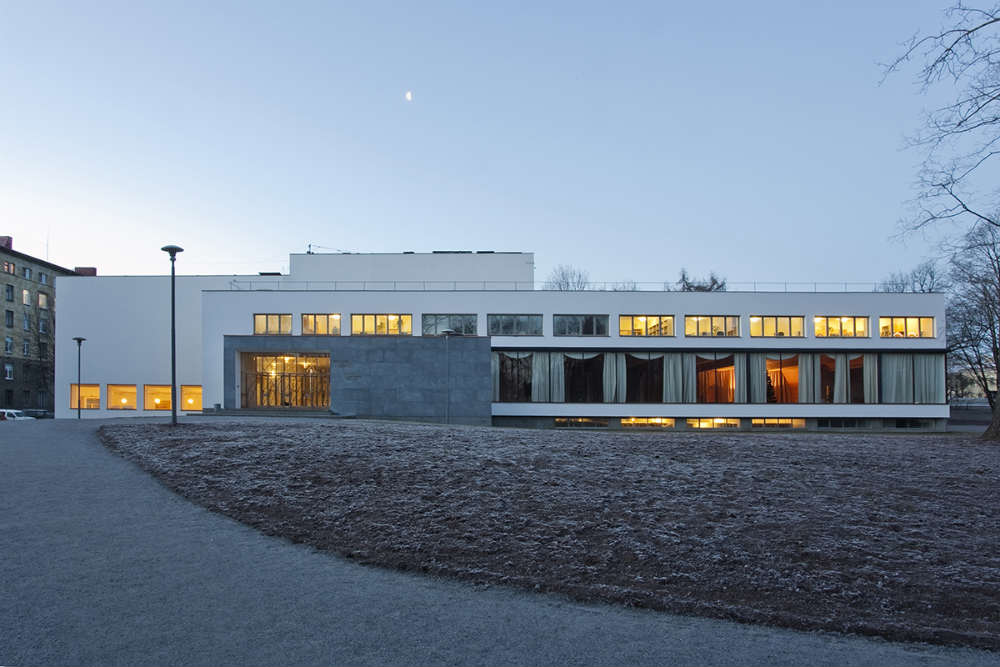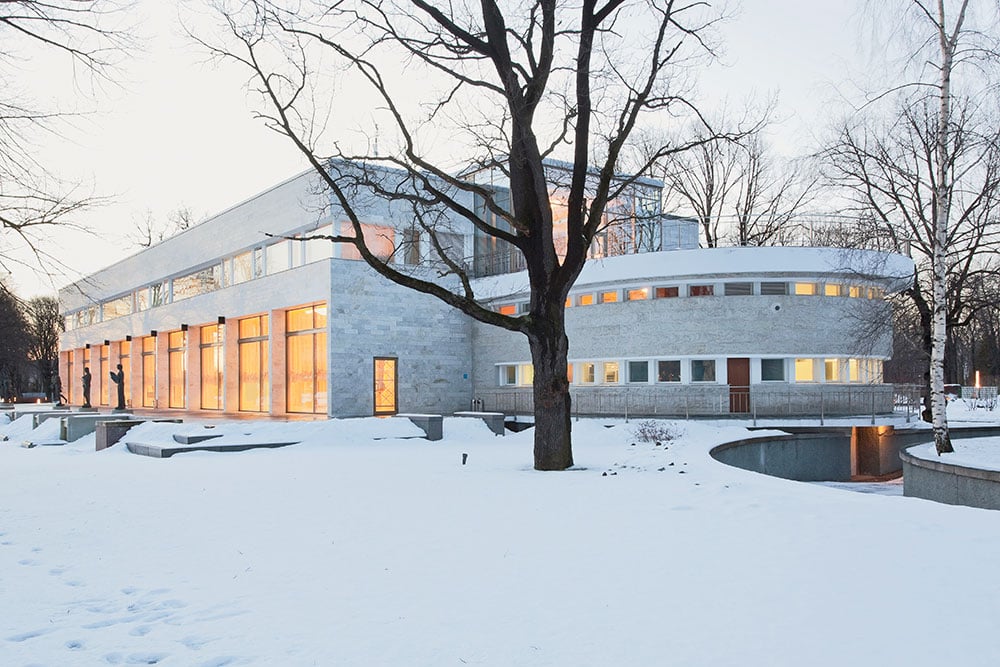Nordic neighbour: why are north-west Russians so obsessed with Finland?
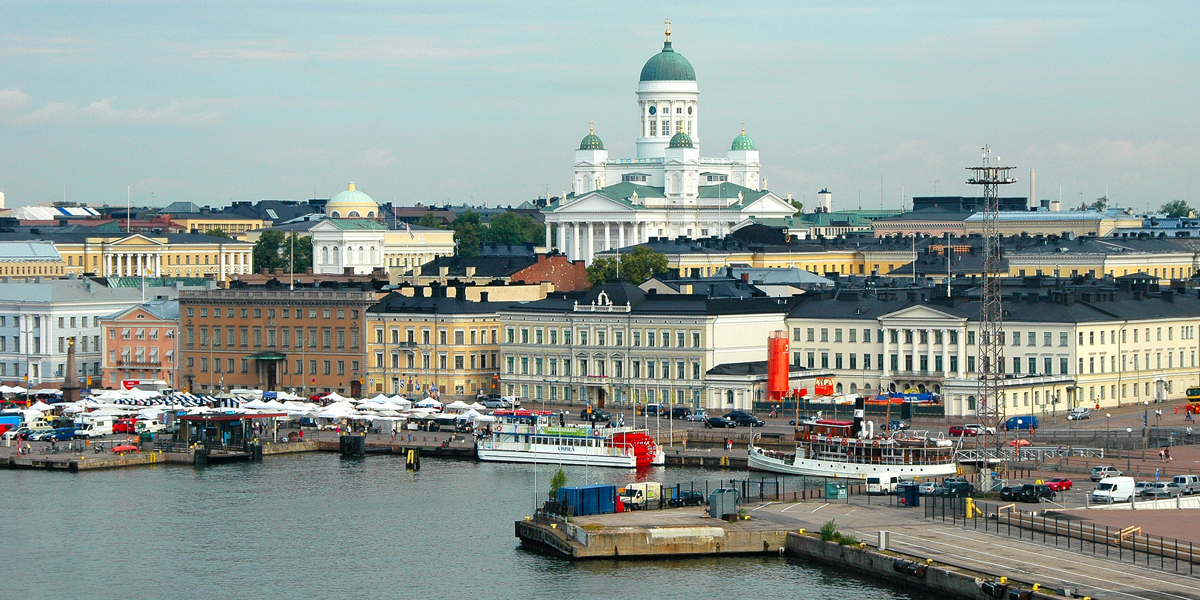
Dark, cold and sparsely populated, Finland seems no different from north-west Russia, yet the Nordic country has always fascinated the residents of St Petersburg. What's so appealing about Finnish culture?
There’s a popular joke in St Petersburg about how locals wish the island the city stands on could drift toward Finland by sea. Or, as it has been told after the Crimea referendum, that St Petersburg should hold its own vote to join Finland once and for all.
But while our countries are next to each other, they also couldn’t be more different. Even Russians, who themselves have a reputation for their reluctance to smile, recoil at the sight of the gloomy Finnish demeanour. Russians refer to it as “nordic personality” — a phrase which originated from Seventeen Moments of Spring, a Soviet spy TV series, where it describes the cool, unruffled attitude of several characters. At the same time, however, Finns still manage to be neighbourly and extremely polite — a trait often missing from Russian customs. What’s more, is the impressive attention to detail Finns pay to organisation and everyday life, from the recycling stations which reward you with store credit at major supermarket chains for bringing in your plastic bottles to the tiny pieces of gravel they put on the roads to make them less slippery in winter. Compared to the constant slush and mud on the roads of St Petersburg, Finland seems to be the country that has it all figured out.
All things Finnish have always been popular in St Petersburg, and sparked interest even in the most unexpected ways. A recent exhibition at the Hermitage exploring Finnish modernism in design and architecture attracted crowds comparable to many of the museum’s blockbuster retrospectives, such as the Zaha Hadid or the Francis Bacon shows last year. Unlike these more traditional exhibitions, the Finnish modernism exhibition, with the exception of the images of works by renowned architect and designer Alvar Aalto, consisted of photos and projects for everyday apartment blocks, council buildings and office furniture. The descriptions detailed all the comforts of suburban living including the excellent ergonomic properties of office chairs. The premise for the exhibition was that 20th century Finnish style and design was borne out of the relative cultural vacuum left after centuries of domination by either Sweden or Russia. And unlike many other design schools and trends, it targeted people’s comfort first and aesthetics second. Hence Finnish apartment blocks might not look like much but have everything a person might need — garages, balconies, children’s playgrounds and communal saunas, in the closest vicinity, usually as a part of the estate. However fascinating, it’s hardly a recipe for a sold-out exhibition — everywhere but St Petersburg.
But where does this interest come from? Finland became a prized destination after the fall of the USSR among those growing up in St Petersburg. For many of us, used to the destitute state of Russian shops in the 1990s and the even emptier shelves of the Soviet stores, Finnish supermarkets were the biggest revelation: the rows of neatly stacked yoghurts, with all the flavours one could think of, has become a shared memory and a mythical symbol of the place so close and so distant.
“Why do they need so many flavours?” a friend asked me once as we stood hypnotised in the dairy aisle, trying hard to choose the next day’s hostel breakfast without suffering a mental breakdown from the cornucopia on offer. “Maybe they buy all these yoghurts to eat while staring out of their windows onto dark Nordic forests and feel a bit better. We need this in Russia too.”
In St Petersburg you’ll everything Finnish from household goods like detergent and washing up liquid to fluffy jumpers found in upmarket second-hand shops. Regular grocery trips to Finland are still widespread in St Petersburg, Vyborg and other cities close to the Russian-Finnish border after becoming popular in the late 90s — even though these have been greatly reduced in the recent years with the falling value of the rouble. In fact the share of business that Russians brought into the country was so big that many Finnish companies reported losses as the flow of tourists started to thin out. Since EU food import sanctions were introduced in 2014, short trips to Finland have adopted the nickname of “cheese tours”, with many making the several-hour-long journey to stock up on the banned brie and chèvre. Even instant coffee is often brought back as a souvenir — our love for Finland proves strong despite the rouble rates.
It would be wrong to say that our fascination with Finland is comparable to that of any other foreign country. For many of us, the quiet streets of Helsinki and the sleepy carless roads of Lappeenranta represent heaven. It’s not that we want to move here — though poorer, less comfortable and less safe, New York and Paris would be the obvious choice. We might feel passionately about other cities but Helsinki is a constant idea, on the scale of Plato’s eidos, of perfection and tranquility, of a perfect quiet spot on an eternally stormy planet, simultaneously boring and exciting, like the prospect of choosing a yoghurt when faced with too many options. This is both why people were drawn to the Finnish modernism exhibition, and why north-west Russians are drawn to Finland: the comfort, humanity, and perseverance in the face of the harsh climate and history.
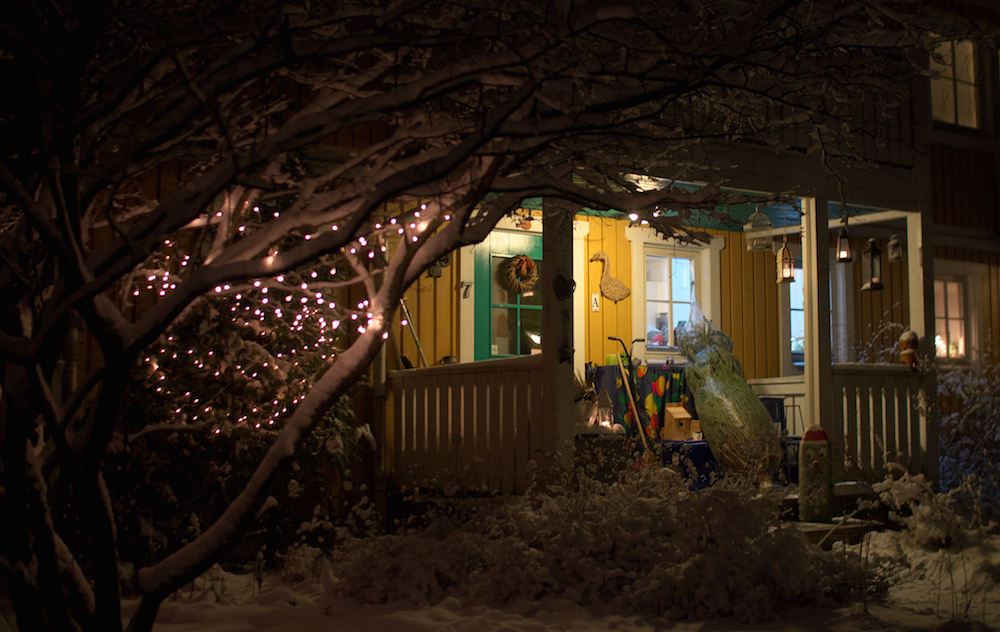
_Image_by_Alvar_Aalto_Museum_:_Rune_Snellman.jpg)
_Image_by_Alvar_Aalto_Museum_:_Maija_Holma.jpg)
._Image_by_Alvar_Aalto_Museum.jpg)
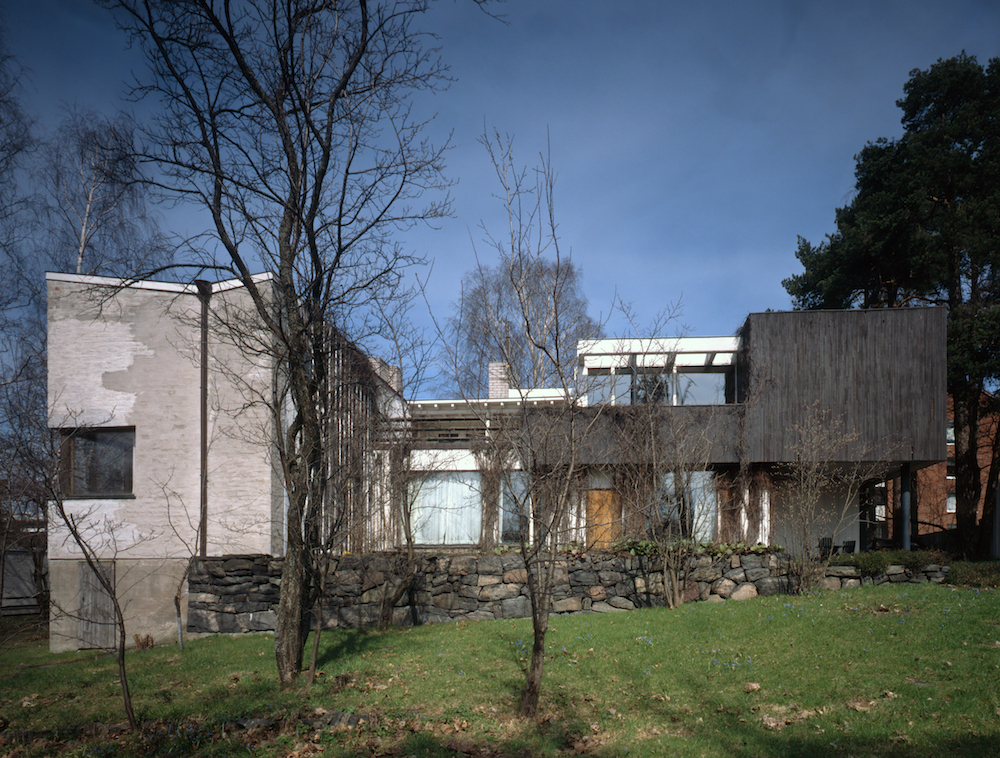
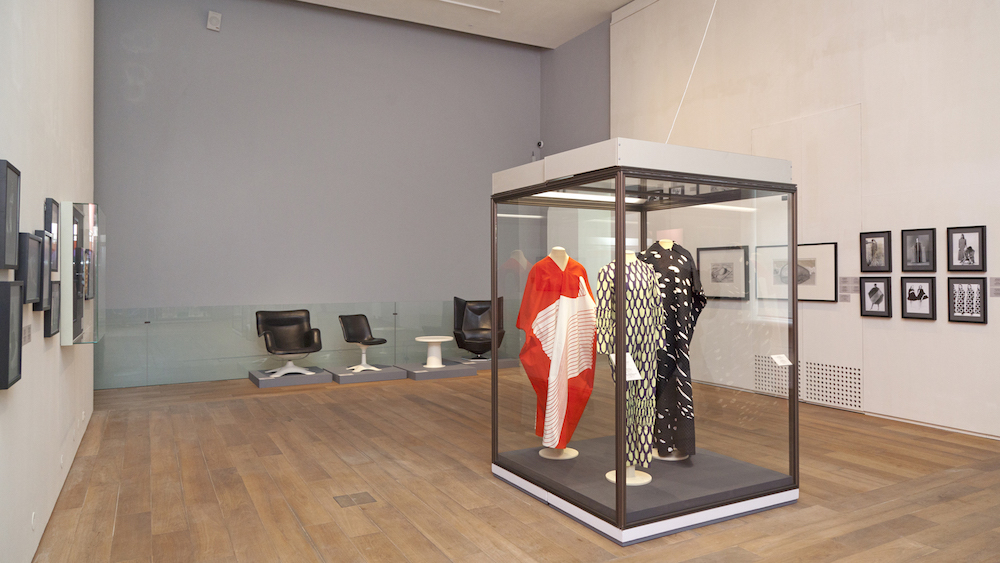
._Image_by_Alvar_Aalto_Museum_:_Martti_Kapanen..jpg)
._Image_by_Alvar_Aalto_Museum_:_Maija_Holma.jpg)
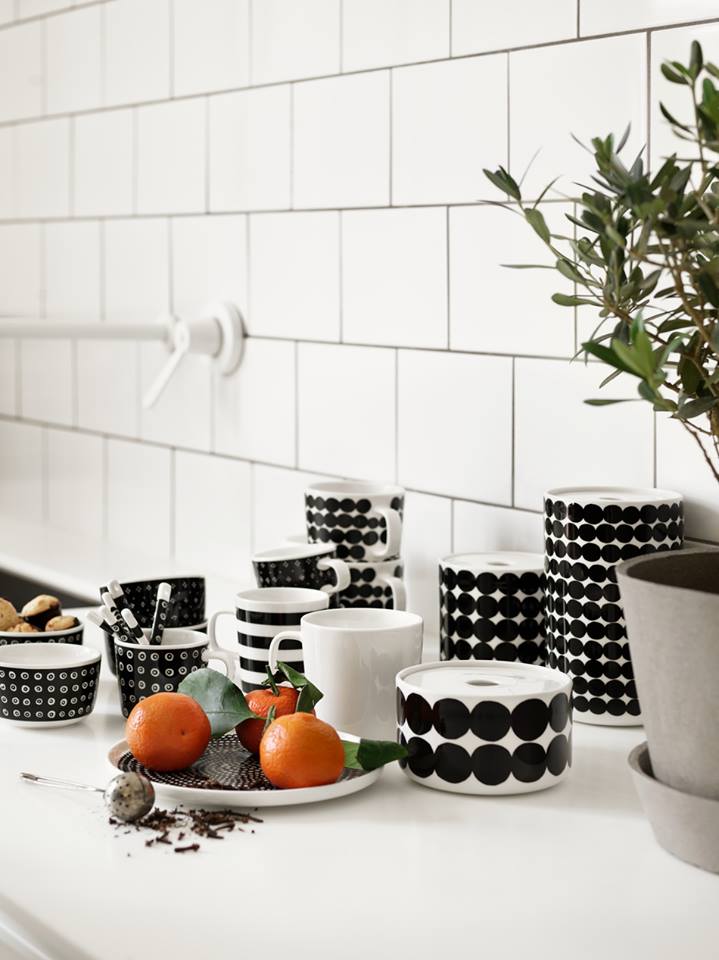
.jpg)
.jpg)
.jpg)
